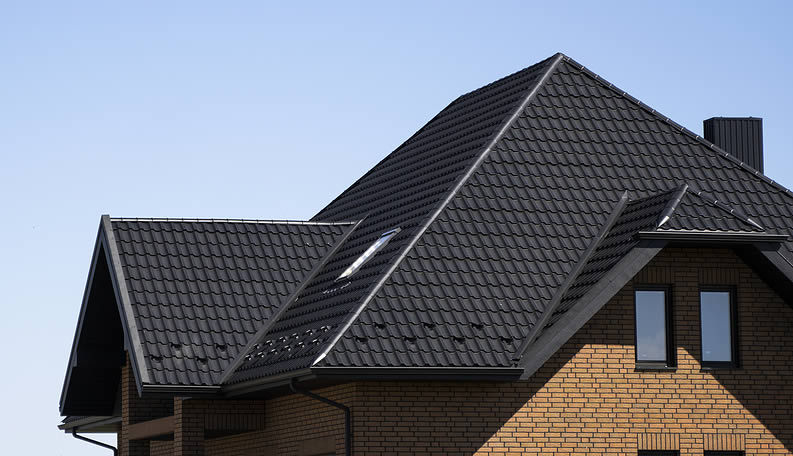
Metal roofs are known for their durability, long lifespan, and ability to withstand harsh weather. However, like any roofing material, they’re not completely immune to problems. Over time, wear and tear or improper installation can lead to leaks that compromise your roof’s performance. Understanding the most common causes can help you address issues before they become major headaches.
As experienced roofers at Milledge Roofing Company, we’ve seen the full range of metal roof problems. Here are the top five causes of leaks in metal roofs—and how to repair them.
Fasteners are small but critical components that hold your roofing panels securely in place. Over time, temperature fluctuations cause the metal to expand and contract, loosening the screws or nails. When fasteners loosen, gaps form, allowing water to seep in.
How to Repair:
The fix often involves replacing missing fasteners and tightening loose ones. However, it’s important to check the condition of the screw gaskets, which create a watertight seal. If the gaskets are cracked or worn, they need replacement as well. A roofing company can inspect your roof to ensure every fastener is secure and watertight.
Metal roofs rely on sealants around seams, flashing, vents, and skylights to keep moisture out. Over time, sealants can deteriorate due to UV exposure, temperature swings, and weathering, leading to cracks that allow water in.
How to Repair:
Old or cracked sealant should be carefully removed and replaced with a high-quality, metal-roof-compatible sealant. This is a delicate job. Applying too much or too little can cause more harm than good, so it’s best handled by professionals who know the right materials and techniques.
One of the most common reasons we see leaks in metal roofs is poor installation. Panels that are misaligned, seams that are improperly sealed, or flashing that’s poorly fitted can all create vulnerable points where water can enter.
How to Repair:
If improper installation is the root cause, repairs might involve realigning panels, replacing faulty flashing, and re-sealing seams. In severe cases, sections of the roof may need to be replaced entirely. Choosing a reputable roofing company for the initial installation prevents these costly issues down the line.
Although metal roofs are designed to resist rust, they can still corrode over time, especially if protective coatings wear away or the roof is exposed to salt air and heavy moisture. Rust can eat through the metal, creating holes that let water through.
How to Repair:
Light rust can often be removed, and the area treated with a rust inhibitor before applying a protective coating. For more severe corrosion, replacing the affected panels may be necessary. Routine maintenance, like cleaning debris and checking for scratches, can help prevent rust from developing in the first place.
Flashing is installed around chimneys, vents, skylights, and other roof penetrations to direct water away from seams. If the flashing is damaged, poorly installed, or missing altogether, leaks are almost inevitable.
How to Repair:
Damaged flashing needs to be replaced with properly sized, securely fastened pieces that create a tight seal. Professional roofers will also apply sealant where needed to ensure water can’t sneak in.
Even a small leak in a metal roof can cause major damage to your home if left untreated, leading to rot, mold, insulation damage, and costly repairs. If you notice stains on your ceiling, dampness in the attic, or water dripping during rain, it’s time to call a professional.
At Milledge Roofing Company, we specialize in diagnosing and repairing leaks in metal roofs. From small sealant touch-ups to full roofing replacement, our team ensures your roof remains durable, watertight, and ready to protect your home for decades to come.